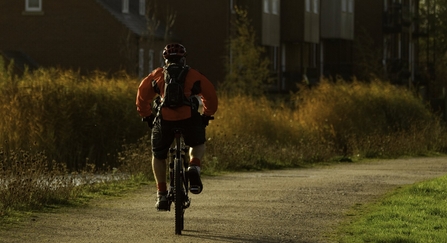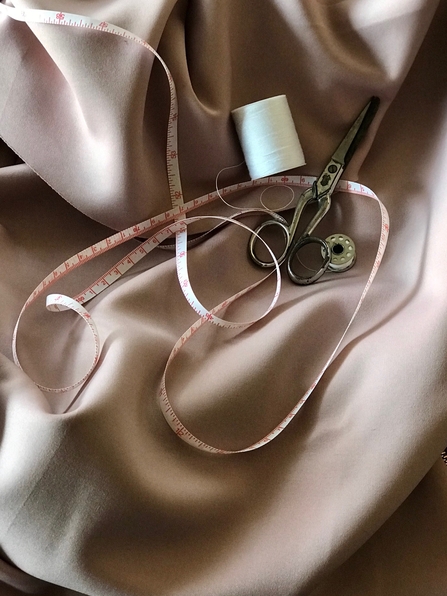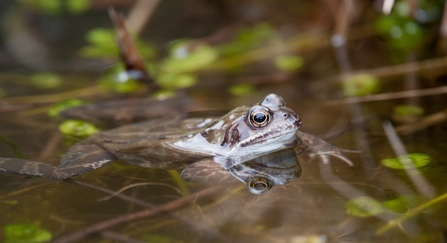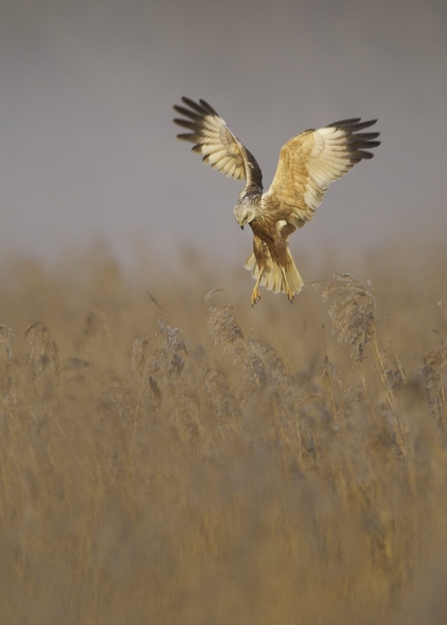Climate change is already affecting millions of people across the world, including right here in the UK. Putting a cardboard box in the recycling bin can seem like a thankless task with so much doom and gloom in the news, but every single action, no matter how small, makes a difference, and if each and every one of us made even just one change, that adds up to one huge wave of support for the environment.
Choose refills over packets
Refill shops and stations are popping up in more and more towns, cities and villages, making it easier for people to refill containers rather than buying brand new products. From pasta, rice and oats to spices, shampoo and washing up liquid, you can refill pretty much everything these days. You don’t even have to buy fancy new containers – whatever you have lying around will work and it’s a great way to give old plastic containers a new lease of life.
Even if you don’t have a refill shop or refill station nearby, something as simple as investing in a reusable water bottle will drastically cut down your plastic use.
Get recycling
Recycling is perhaps the most accessible way to help save nature and tackle climate change. As well as keeping dangerous items that could injure wildlife out of the natural environment, you’re reducing the amount of waste that gets sent to landfill and takes hundreds of years to break down. You could even go one step further than your household recycling bins and check out TerraCycle, which lists nearby locations where you can recycle everything from crisp packets to electric toothbrush heads.
Unfortunately, recycling isn’t always as simple as it’s made out to be and there are a couple of unwritten rules that will help you recycle more effectively:
- Only recycle clean cardboard – grease and food debris can contaminate the rest of the recyclable materials and see the whole lot sent to landfill.
- Collect your foil and turn it into a ball. Sorting machines struggle to pick up foils below a certain size, so collect yours until you have a tennis ball-sized ball.





